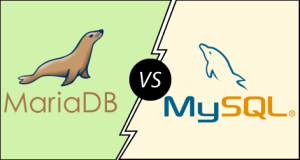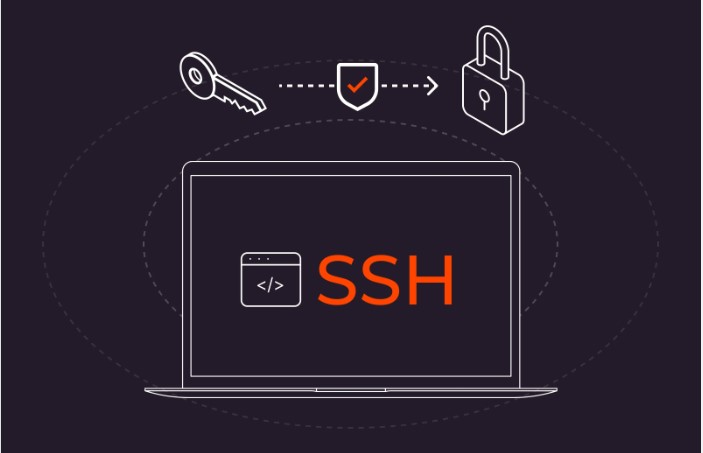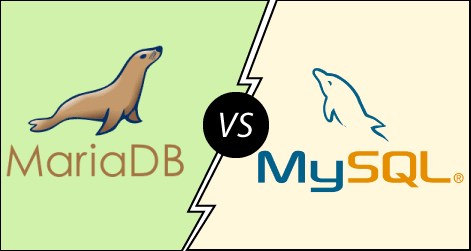What is FTP user ?
An FTP (File Transfer Protocol) user is a type of account created to access files on a server via the FTP protocol. This account allows users to connect to a web dedicated servers, typically using an FTP client, to upload, download, edit, and manage files associated with a website or application.
Key Points about FTP Users:
- Credentials-Based Access:
- Each FTP user has a unique username and password. These credentials are required to connect to the server via an FTP client.
- FTP users usually have limited permissions defined by the server administrator, allowing access only to specific directories or files.
- File Management:
- FTP accounts are commonly used to manage website files, making it easy to upload new content, edit files, back up data, or organize folders directly on the server.
- FTP is particularly helpful for transferring large files or managing multiple files at once, which can be challenging through a regular web interface.
- Restricted Access:
- For security, each FTP user can be limited to specific directories on the server. For example, you might create an FTP user who can only access the images directory, while another user might have access to the entire website.
- This makes FTP users a secure way to provide file access to different people (like developers or designers) without giving them full control of the server or website.
- Used with FTP Clients:
- FTP users typically use FTP client software such as FileZilla, Cyberduck, or WinSCP. These clients provide a user-friendly interface to view, upload, download, and edit files on the server.
- Secure Variants (SFTP/FTPS):
- FTP users can also connect through SFTP (SSH File Transfer Protocol) or FTPS (FTP Secure), which are more secure versions of FTP that encrypt data during transfer, making it safer from potential security risks.
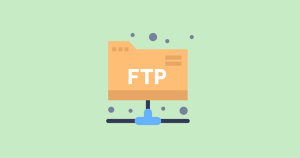
In essence, an FT P user is a secure, designated account for accessing and managing files on a server, often restricted to certain directories, and ideal for collaborative website or server management.
How to add ftp user in cpanel ?
To add an FT P user in cPanel, follow these steps:
- Log in to cPanel: Access your cPanel account with your login credentials.
- Navigate to FT P Accounts: In the Files section, find and click on FT P Accounts. This will take you to the F TP management page.
- Create a New FT P Account:
- Username: Enter the desired username for the FT P account. The full username will typically include your domain (e.g.,
[email protected]). - Password: Set a strong password for this user or use the Password Generator to create a secure one.
- Directory: Specify the directory this FT P user will have access to. By default, cPanel may set this to a subdirectory, but you can change it to any path you want, including the root directory.
- Quota: Set a storage quota for this user or select Unlimited if there are no storage limits.
- Username: Enter the desired username for the FT P account. The full username will typically include your domain (e.g.,
- Click Create F TP Account: Once you’ve filled out the information, click Create F TP Account.
- Account Information and Access: After the account is created, you’ll see it listed under FT P Accounts on the same page, where you can manage, edit, or delete it as needed.
Your new FT P user can now log in using an FT P client with the credentials you set up.
Why does it is useful ?
Adding an F TP (File Transfer Protocol) user in cPanel is essential for several reasons, especially if you want to streamline website management and maintain control over who can access your site files.
Here’s why it’s useful:
1. Secure Access for Multiple Users
- If more than one person is working on your website—such as developers, designers, or content managers—each user can have a unique FT P account. This allows for easy access without sharing the main cPanel login, which is much safer.
- You can restrict access to specific directories, so users only see the files they need. For example, a designer might only need access to the media files directory, not the entire website’s structure.
2. Convenient File Management
- FT P accounts make it simple to upload, download, and manage large numbers of files. While cPanel’s File Manager also provides this functionality, FT P clients (like FileZilla or Cyberduck) can be more efficient for bulk transfers and batch uploads.
- This access is particularly helpful when managing multiple files, large file sizes, or frequent updates.
3. Automated Processes
- With FT P accounts, you can automate processes like backups or scheduled file uploads. For instance, an external tool could use FT P to regularly update content files or sync data without the need for constant manual work.
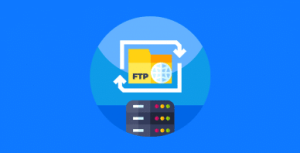
4. Enhanced Control and Monitoring
- When each user has a separate FT P account, it’s easier to monitor and control what they do. If an issue arises, you can identify which user was responsible for any file changes, making it easier to troubleshoot or track down problems.
- It also allows you to set specific storage quotas, ensuring users don’t exceed their designated limits.
5. Access Without Full cPanel Permissions
- F TP provides a way to give users access to files without providing full cPanel control, which is ideal for security. Users can perform their work without risking accidental changes to other sensitive settings or data in cPanel.
In short, adding FT P users helps you manage file access more securely and efficiently, especially when multiple people or automated processes need access to your website files. It’s a way to maintain flexibility while keeping control and oversight.
Summary
An FT P (File Transfer Protocol) user is an account created to access and manage files on a server using the FT P protocol. Each FT P user has a unique username and password, allowing secure file access without exposing the main server credentials. FT P users are typically set up with specific permissions, often limited to certain directories, to ensure security and prevent unauthorized access to sensitive areas of the server.
In web hosting, FTP users play an essential role in managing website files on the server. They are individual accounts created with specific access rights, allowing designated users to upload, edit, download, and organize files via FTP (File Transfer Protocol). Hosting providers offer this feature to help website owners and their teams manage content without needing full server control.
These users connect through FT P client software (like FileZilla or Cyberduck) to perform tasks such as uploading, downloading, and editing website files. F TP users are especially helpful for collaborative work, enabling developers or designers to access specific folders without needing full access to the entire server. With secure variants like SFT P and FT PS, file transfers are encrypted, making FT P accounts a safe and efficient way to manage files on a web server.



